OBJECTS FROM OUR COLLECTION
How were we able to find out about 14th-century Singapore? There are no written records from Temasek during that time, but historians have discovered Chinese, Javanese, and Vietnamese records that mention a port called Temasek, and these descriptions make us think it was in the same spot as Singapore.
In the last four decades, archaeologists have dug up artefacts around Empress Place near the museum, and on Fort Canning Hill. From these, they have pieced together a story of Singapore in the past. That's how we know that Singapore must have already been a busy port in the 14th century. Let’s take a closer look at some of the objects found around Empress Place, close by the Singapore River. Ceramics, coins, and organic materials from these digs are on display at our Singapore Archaeology Gallery on Level 1.
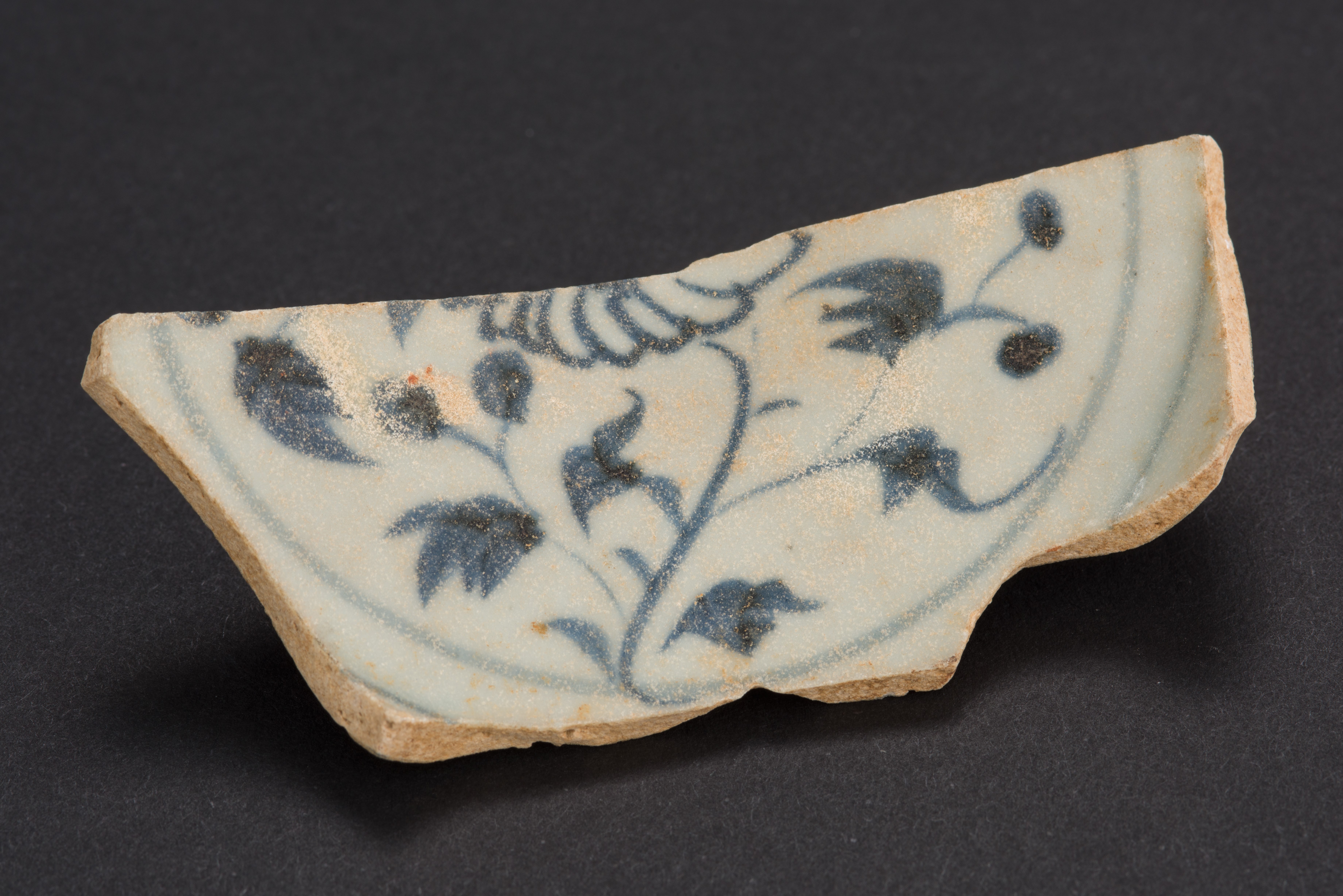 |
|
Fragment of blue-and-white pottery
China, Jingdezhen kilns, 14th century
Porcelain
Excavated from Empress Place
2015-02147-041
|
This broken piece of porcelain, called a "sherd" or "shard", was excavated near the museum in 1998. The stem and leaves of a plant, and what looks like flower petals, decorate this sherd. Have you seen something with this design before? By comparing this broken piece to other ceramics, we know that it came from an object which was made in China, about 600 years ago. What do you think the original object looked like? What could it have been used for? Many sherds were found underground near the mouth of the Singapore River, which tells us that ceramic objects were traded and used here in the past.
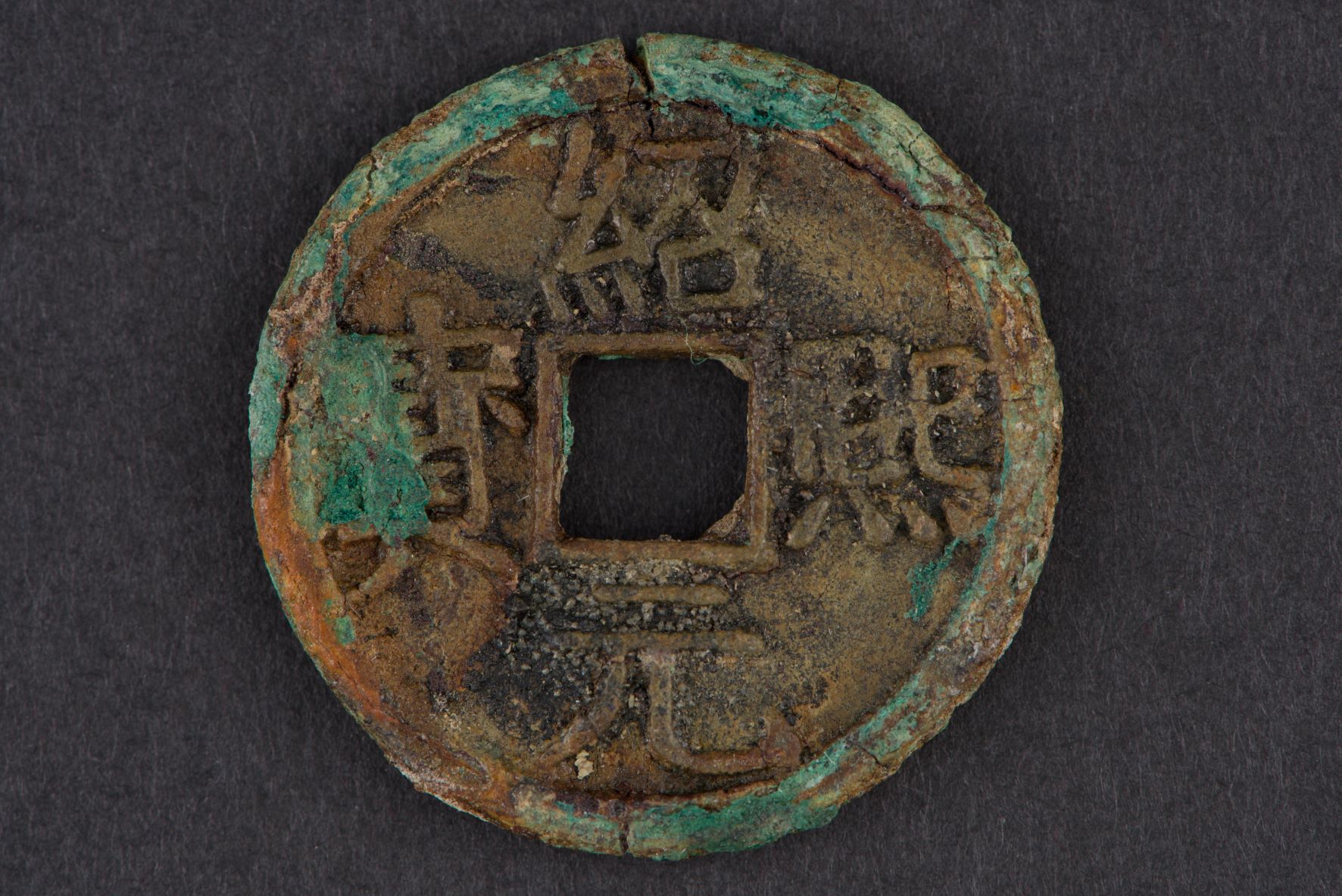 |
|
Coin
China, 10th to 14th century
Metal
Excavated from Empress Place
A-2122_022
|
These Chinese coins, first made during the Song dynasty, could date as far back as 900 years ago. The characters on the coin read "shaoxi yuanbao", which refers to the reign of the Song emperor Guangzong (1189–94). But they were used for centuries, so it's hard to know when it came to Singapore. These coins could have been used to pay for traded goods, or they could have been brought here by Chinese traders.
Does this coin look familiar? Some believe that the square hole in the centre symbolises the Earth, and the outer circle symbolises the Heavens. This design was meant to show the power of the emperor, who ruled over the world. People could string the coins together through the hole for easy counting and carrying around.
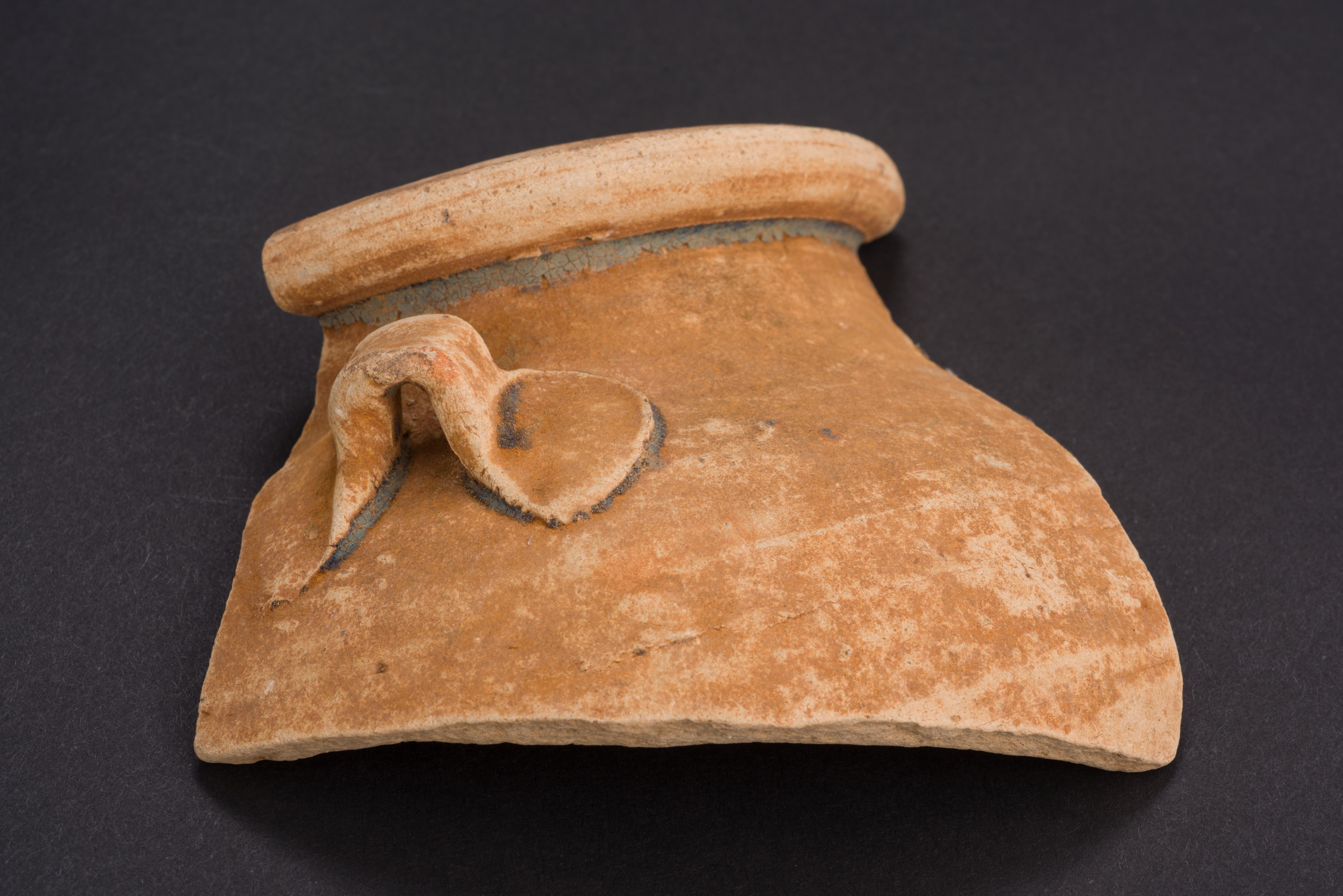
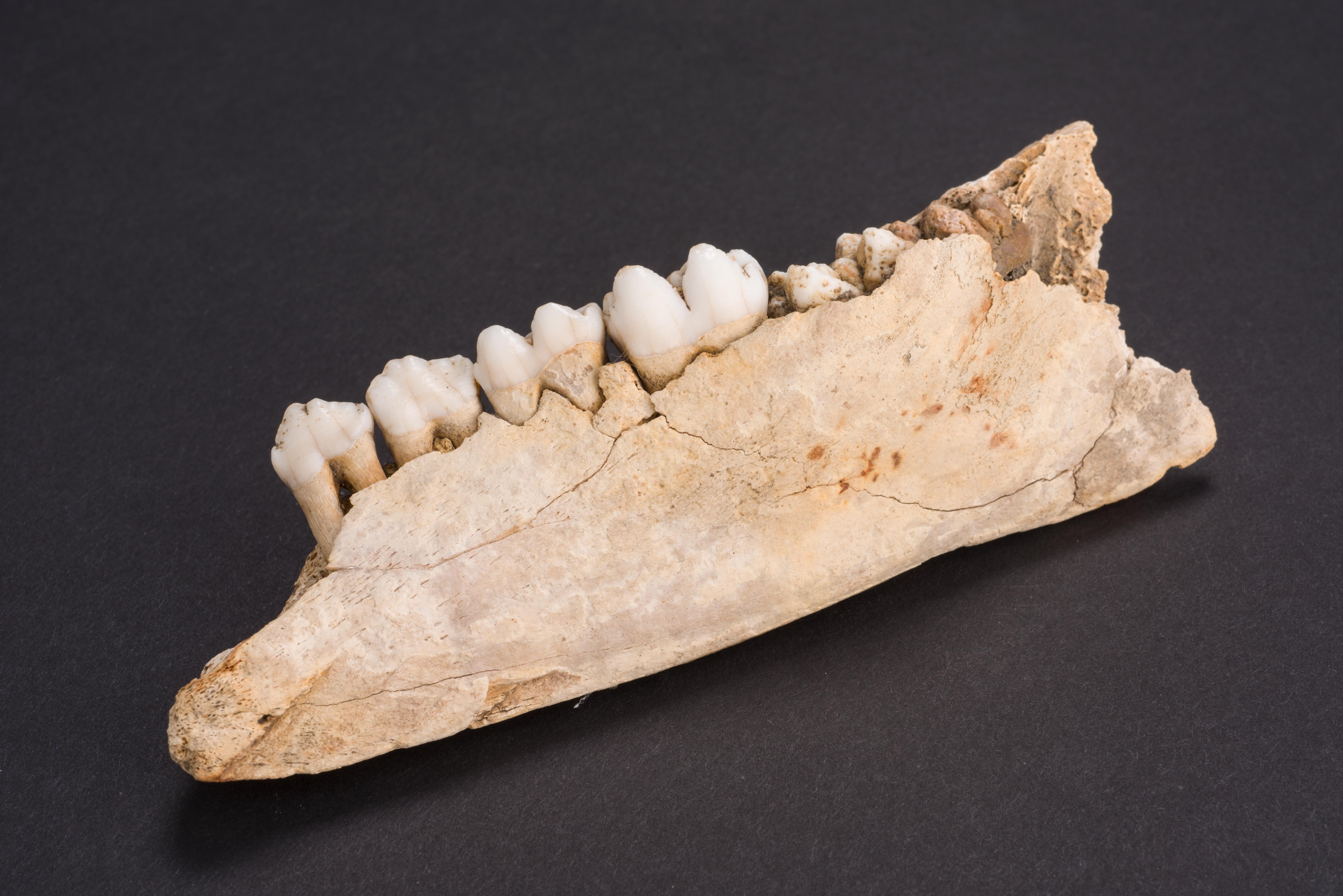
Top: Fragment of earthenware
Bottom: Bone
Southeast Asia, 14th century
Excavated from Empress Place
2015-02147-022
2015-02147-008
Here is a fragment of an earthenware jar, and what looks like an animal jawbone with teeth, measuring about 12 centimetres long. These are clues to what 14th-century Temasek was probably like. What could have been the people’s daily source of food? What were some of the everyday objects used?
This earthenware was most likely made locally or in the region, and would have been used to store food or water, perhaps. Can you spot the rim at the top and a small handle on the side of this piece? The small handle is called a lug, which can be used to string a rope through for carrying or securing a lid.
It is hard to find any remains of living things from early archaeological sites in Singapore, due to the tropical weather, which allows for rapid decomposition. So this animal bone is very rare. What animal do you think it came from?
PLAY
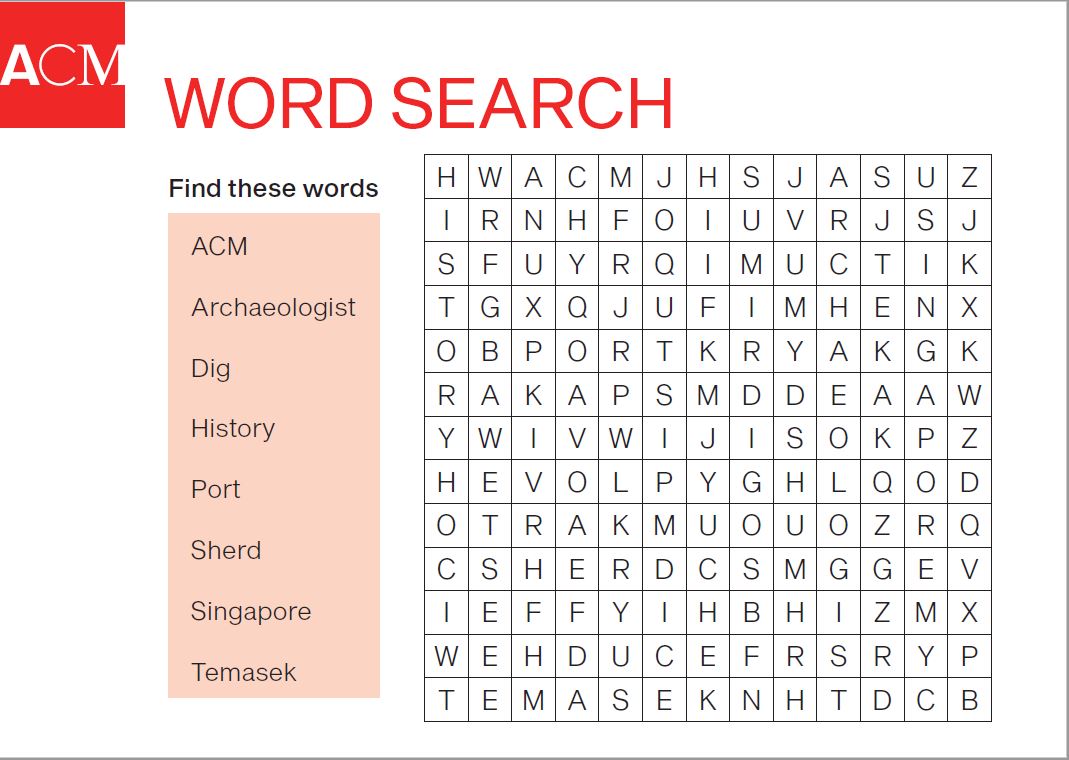
CREATE
Craft made by ACM staffer Tan Yuan Lin
What do you want people who live in the future to know about you? Create a memory capsule that includes items from your present-day home that say something about you. Tag us @ACM_SG #LearningatACM to share your designs with us, and for a chance to get your creation featured on ACM social media.
EXPLORE
Check out other National Day programmes here: ACM Celebrates.
Head to NHB’s one-stop heritage portal Roots.sg to read more about the objects featured:
Material excavated from Empress Place
Want more of these resources? Come back to learn new things every month.
Missed a monthly post? Not to worry, we keep past topics here for you.
What else would you like to learn about? Tell us here.
There’s more!
Check out other videos and download e-resources inspired by the objects in ACM’s collection.